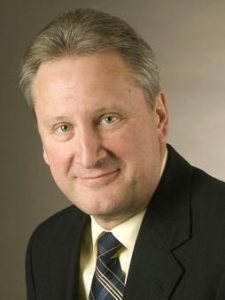Voestalpine Invests Millions in Aerospace
Over the next one and a half decades global demand for almost 40,000 new aircraft is forecast. The major investment in a new, state-of-the-art forging line demonstrates that Voestalpine is again staying abreast of the dynamic developments in the aerospace sector.
The aerospace industry is one of the key drivers of our international growth strategy in the future market of mobility. All most important aircraft manufacturers already rely on technologies and products from Voestalpine. By intensifying our innovation and investment activities we aim to further expand our position as a leading provider also in this sophisticated customer segment-
Fully automated facility sets new standards
The Special Steel Division of the Voestalpine Group is one of the leading global suppliers of high-performance materials and special forgings for the aerospace industry. Its highly stress-resistant products include structural parts, engine components and mounts, landing gear parts, and door segments that are used in the aircraft programs of manufacturers including Airbus, Boeing, Bombardier, and Embraer.
The new high-tech forging line will not only play a key role in increasing volumes in the aerospace business segment, but it will also set new standards in product quality, process automation, and digitalization. As a result, this investment significantly strengthens the technological leadership enjoyed by our Styrian production companies. Investment in a new special steel plant is also in planning as a means of opening up new dimensions in materials production. This is in addition to, and independent of, the current project. A final decision on the location of the special steel plant is expected for the second half of 2017.
Moreover, the new facility will produce forged components for oil and gas exploration which are required to withstand extreme conditions both on land and at sea. The high-tech forging line will process the material with a pressing force of 4,400 tonnes and a speed of up to 120 strokes per minute, or 2 strokes per second.
Voestalpine Invests Millions in Aerospace Read More »



